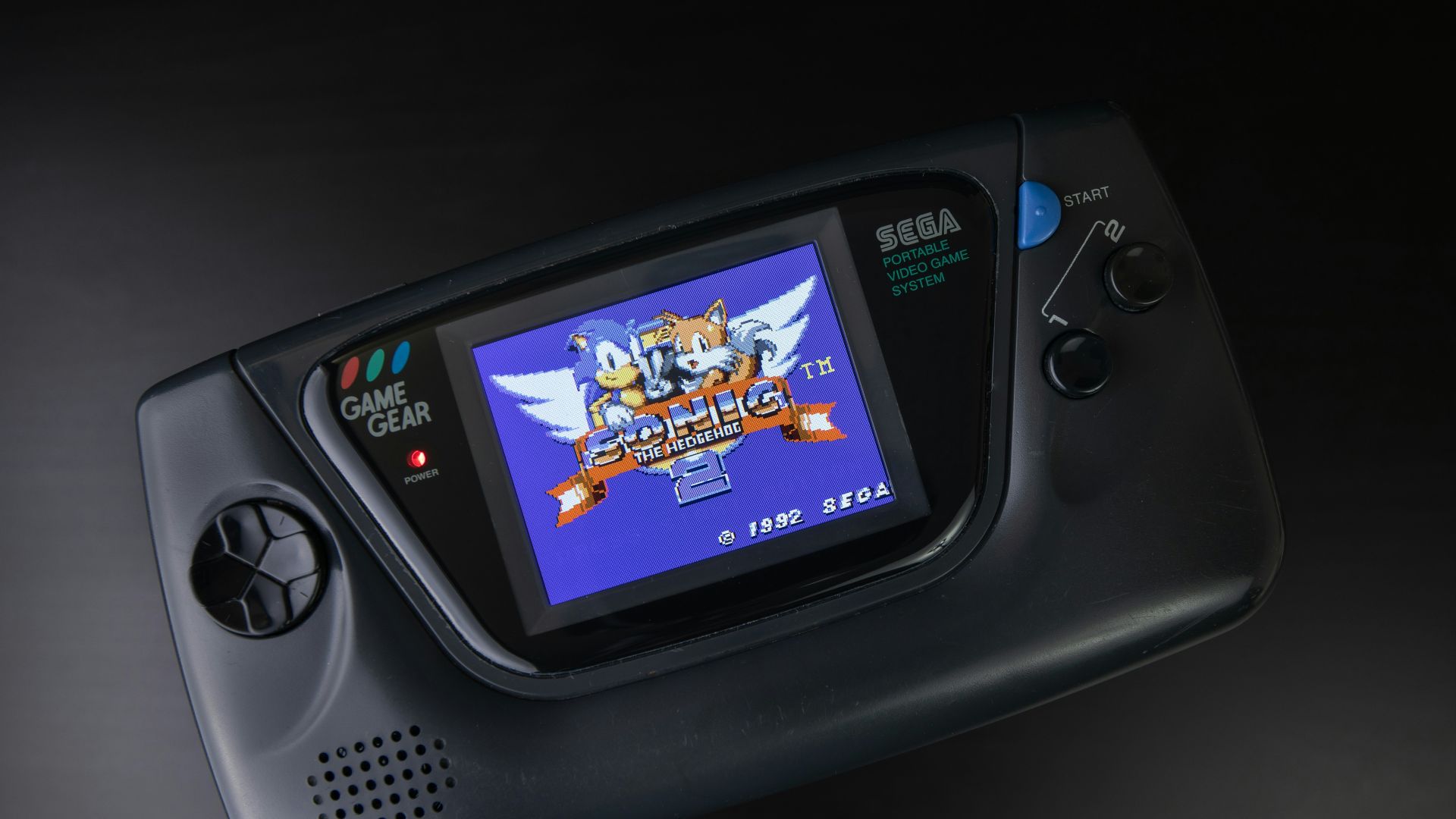Handheld gaming exploded in the early '90s with the Game Boy, and it seemed like everyone wanted to game on the go. While the Game Boy's success was obvious and astronomical, it was far from the only handheld console in the market. Sega's Game Gear launched in 1990, and was bolder and more advanced than its competitors. Despite being ahead of its time, it was always treated as a second-class citizen to the Game Boy.
The Game Gear never reached the sales level of the Game Boy. Still, it had a legion of admirers who felt it was far more innovative, and it enjoyed hits, like Sonic the Hedgehog and Shining Force: The Sword of Hajya. Not to mention the blacklight made it playable in dim bedrooms or on long nighttime car rides.
Let's look at a few reasons why the Game Gear was better than the Game Boy, and why it deserved more respect.
The Technology Was Years Ahead of the Market
In the early days of handheld gaming, the graphics were murky and monochrome. Game Boy games were fun to play, but they were clearly lacking in wow factor and substance. The Game Gear had a full-color, backlit screen that was absolutely revolutionary. Games were more vibrant and engaging, and it was easy to play in dark places.
The downside was that the battery life was short, as the Game Gear required more power to run. Sega's gamble that experience was more important than efficiency didn't pay off in sales, but it was the right one. Years later, Nintendo would follow suit with the Game Boy Advance SP and the Nintendo DS.
The Features Were Unheard of for Handhelds
Sega engineered the Game Gear to have more than just a pretty screen. It had capabilities that were well ahead of its time, including some technology that would eventually power smartphones. The system had full stereo sound, and accessories allowed for link play, which opened the door for multiplayer gaming.
The plan for the Game Gear was to make it into a multipurpose entertainment device. They wanted it to be versatile and modern. It was an early glimpse into the eventual development and launch of hybrid tech and multimedia devices.
A Unique and Exciting Video Game Library
Game Boy had an enormous game catalogue that Sega could never match. That said, the Game Gear went for quality over quantity and doubled down on popular franchises that they knew would play well on their handheld system.
Sega released instalments of its popular franchises, such as Sonic, Streets of Rage, and Fantasy Zone, adapting them carefully and not just downscaling them to fit the parameters of their device. Many titles were tailored to the benefits of the Game Gear, offering exciting updates on level design and narratives.
The Game Gear quickly built an identity with its bright visuals, visceral gameplay, and edgier tone. This mirrored the winning strategy that Sega used for the Genesis, and it paid off for millions of gamers.
The Game Gear was ambitious and technologically advanced, but it was undermined by its practical limitations. Nonetheless, it was daring and reimagined what handheld gaming could be, and many of its features are standard with current consoles. It just lost the marketing war at the time.









